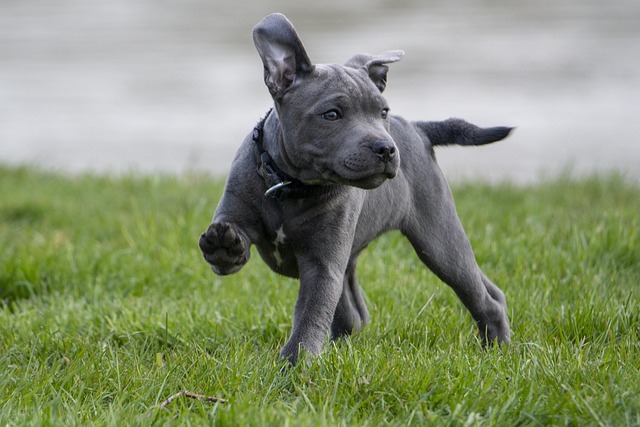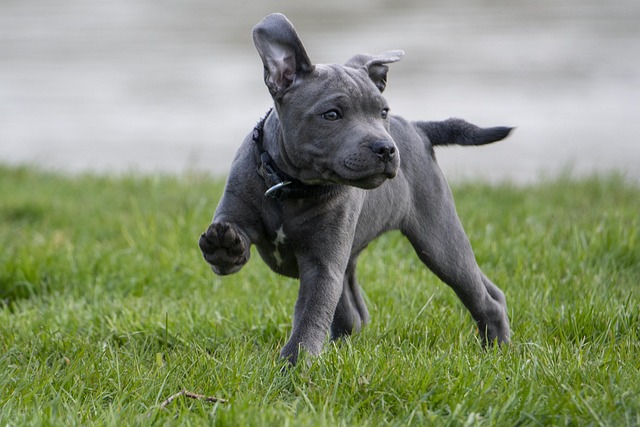Most dog owners agree that teaching a trick goes beyond just showing off—it builds trust and sharpens communication. But some tricks stand out as far more challenging than others, often because they require precise timing, endless patience, and a deep understanding of your dog’s unique personality. One trick that consistently tops the list of hardest to teach is getting your dog to “stay” reliably in all situations, not just in a quiet living room when there’s no distraction in sight.
The real test of a solid “stay” comes when there are squirrels darting across the yard, other dogs barking at the park, or the smell of a tasty treat wafting from the kitchen. This is where many owners struggle, because it asks dogs to override their natural instincts—like chasing or exploring—in favor of following a command. It’s not enough to practice for five minutes a day; you need to gradually increase the difficulty, starting with short durations and minimal distractions, then slowly adding more chaos while reinforcing good behavior with positive rewards, like small pieces of chicken or enthusiastic praise.
 Another layer of challenge comes from navigating local laws and regulations that affect how you train and exercise your dog. For example, in many cities across Europe and North America, dogs must be on a leash in public spaces unless in designated off-leash areas. This means practicing “stay” while your dog is leashed adds an extra element of control, but it also means you need to be aware of leash laws to avoid fines or conflicts with other pet owners. It’s important to check your local council’s guidelines—some areas even have specific rules about training methods, banning harsh tools that could harm your dog physically or emotionally.
Another layer of challenge comes from navigating local laws and regulations that affect how you train and exercise your dog. For example, in many cities across Europe and North America, dogs must be on a leash in public spaces unless in designated off-leash areas. This means practicing “stay” while your dog is leashed adds an extra element of control, but it also means you need to be aware of leash laws to avoid fines or conflicts with other pet owners. It’s important to check your local council’s guidelines—some areas even have specific rules about training methods, banning harsh tools that could harm your dog physically or emotionally.
Cultural norms also play a role in training success. In many Western households, dogs are part of the family, which means they’re often around kids, guests, and other pets. A reliable “stay” isn’t just a party trick; it’s a safety measure. Imagine a young child running up to your dog, or a guest dropping a piece of food on the floor—if your dog can’t stay put, it could lead to accidents or stress for everyone involved. Taking the time to master this trick shows respect for those around you and keeps your dog safe in busy, unpredictable environments.
At its core, teaching the hardest tricks isn’t about perfection—it’s about building a stronger bond with your dog. While “stay” might feel frustrating at times, every small win—like your dog holding position for 10 seconds while a bike passes by—is a sign of progress. By staying consistent, using kind, science-backed training methods, and always keeping local laws and cultural expectations in mind, you’ll not only teach your dog a valuable skill but also create a happier, more harmonious life together.

 Another layer of challenge comes from navigating local laws and regulations that affect how you train and exercise your dog. For example, in many cities across Europe and North America, dogs must be on a leash in public spaces unless in designated off-leash areas. This means practicing “stay” while your dog is leashed adds an extra element of control, but it also means you need to be aware of leash laws to avoid fines or conflicts with other pet owners. It’s important to check your local council’s guidelines—some areas even have specific rules about training methods, banning harsh tools that could harm your dog physically or emotionally.
Another layer of challenge comes from navigating local laws and regulations that affect how you train and exercise your dog. For example, in many cities across Europe and North America, dogs must be on a leash in public spaces unless in designated off-leash areas. This means practicing “stay” while your dog is leashed adds an extra element of control, but it also means you need to be aware of leash laws to avoid fines or conflicts with other pet owners. It’s important to check your local council’s guidelines—some areas even have specific rules about training methods, banning harsh tools that could harm your dog physically or emotionally.



